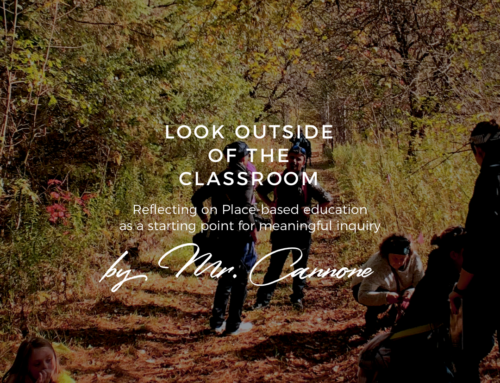It’s Week 2 – Here’s what you can do!
A few suggestions for Screen-free, Number sense fun.
In the week that passed, it’s safe to say that we learned a lot in the school of life. Our greatest lessons came in the form of the charitable acts that we witnessed from others, a burgeoning solidarity that emerged in many communities, and most importantly, our world witnessed the sacrifices by our health-care workers who continue to soldier on in the face of these challenging times. Through my limited visits outside of the home, I also learned that the entire world didn’t stop as there are many people who still go in to work to ensure the stability of essential services – grocery stores, transit, emergency services, fire services, and road safety, to name just a few.
In our homes, parents came to learn about their children as well – that they are infinitely curious, capable of doing their own thing when given the opportunity, and when left to their own devices (literally), are able to learn independently for themselves. But what about those children who don’t have access to devices? Or those parents who, for a variety of reasons, are unable to support or monitor their children at home. This week, I will be posting a few simple Math and Language related ideas to support screen-free learning at home. If you do have access to technology, consider using some of these suggestions in an effort to find a balance between your analog and digital activities:
- Composing and decomposing numbers to build number sense.
An easy way to help students with breaking apart numbers is to explore the properties of a number. To do this, simply choose one number to investigate each day. I have attached a simple framework to use for students in Grades K-6 to help get you started with this in your home. This document I have attached below includes images such as ten-frames and base-ten blocks for students to represent numbers in a variety of ways.
- Open Middle Math problems
Open Middle, the name of the website, references a very specific type of problem. In addition to regular problem solving questions on this site, you will also find “open middle” problems that invite multiple ways to approach and solve a problem. Take for example, the open middle problem below. Arrange the digits 1-6 into two 3-digit whole numbers. Make the sum as close to 1000 as possible.Start the day with one of these questions and come together with the family at night to discuss various solutions.

- First to 15, Tic Tac Toe
Think of Tic Tac Toe but with the numbers 1-9 that can only be used once with each turn! The player to go first will choose a number, except for the number 5* to place where they would like. The game continues until a player reaches the number 15. For example, 2 + 6 + 7 = 15 -> Winner! The possibilities are endless.

- Four 4’s
This activity can be played by students in Junior – Senior grades. The objective is simple – students can only use four 4’s and any operation to find a solution for each number between 1 and 20. Here’s an example √4 + √4 + 4⁄4 = 3. You would write this equation beside the number 3 and proceed to find additional equations.
These meaningful number activities relate to the Number Sense and Numeration Strand as found in all provincial curriculum documents. What research tells us is that students understand more complex functions when they have number sense and deep understanding of numerical principles, not blind memorization or fast recall (Boaler, 2009). Through exploring the composition of numbers and the various approaches to arrive at a solution, students will develop a stronger, conceptual understanding in Math.






